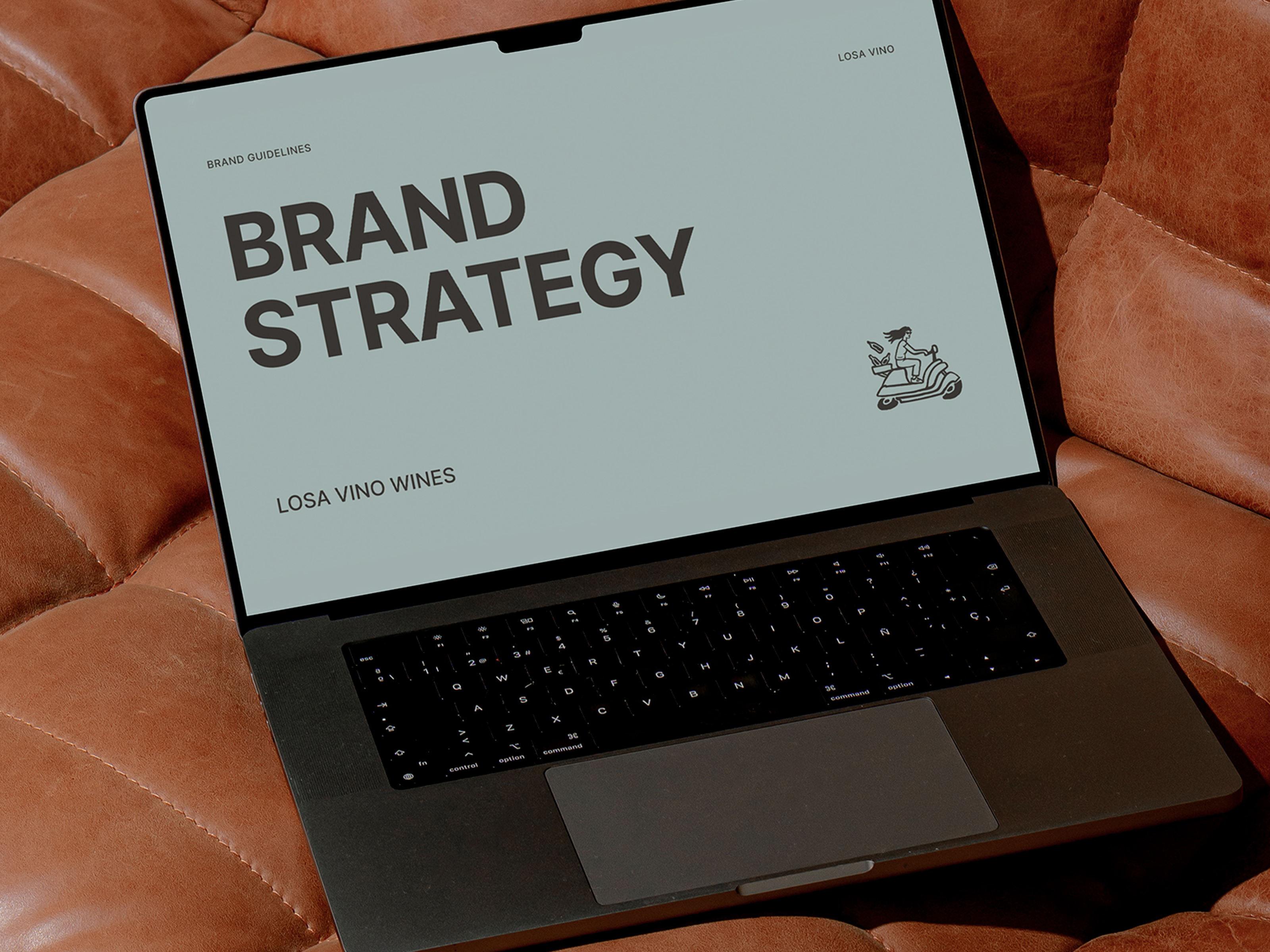
What Is Brand Strategy? And Why Your Business Needs It
You’ve heard of brand strategy before. But what does it actually mean for your business? Many people assume branding is just a logo, color palette, or some catchy taglines. In reality, those are only surface elements. The real power comes from the strategy that sits beneath them.
What Is Brand Strategy?
Brand strategy is the foundation of every strong brand. It’s the plan that gives your business direction, clarity, and a way to stand out in the market. Without it, design risks becoming decoration instead of communication.
A strong branding strategy defines:
- What you are → your purpose, values, and personality
- Who you serve → your audience and what they care about
- Why you’re different → your unique brand positioning in a crowded market
- How you communicate → the way you tell your story across design, messaging, and experiences
Think of it as the blueprint for your brand identity. The visuals, words, and customer experiences you create should all connect back to this plan.
_____________________________________________________________________________________________
Why Brand Strategy Matters
A clear brand strategy isn’t a nice-to-have—it’s essential. Here’s why:
- Clarity → It gives you, your team, and your customers a shared understanding of what your brand stands for.
- Consistency → It ensures every touchpoint—packaging, signage, menus, social media—feels aligned.
- Differentiation → It highlights what makes you unique so you don’t blend in with competitors.
- Guidance → It acts as a roadmap for decision-making as your business grows and evolves.
When these elements are in place, your brand feels intentional, trustworthy, and premium.
_____________________________________________________________________________________________
Examples of Brand Strategy in Action
- Apple → Their brand strategy is built on simplicity, innovation, and premium user experience. Every touchpoint—from packaging to advertising—reflects those values.
- Nike → Their brand positioning isn’t about shoes. It’s about inspiration and performance. “Just Do It” is more than a slogan—it’s a mission.
- Local food brands → Even small businesses can use branding strategy effectively. A coffee roaster that highlights local sourcing, craft, and sustainability can carve out a niche against global competitors.
_____________________________________________________________________________________________
Common Mistakes Without Strategy
- Focusing only on design → A nice logo with no meaning behind it won’t build loyalty.
- Copying competitors → If you look and sound like everyone else, you’ll disappear.
- Inconsistent messaging → Saying one thing on social media and another on packaging confuses customers.
- No clear audience → Trying to appeal to everyone usually means connecting with no one.
_____________________________________________________________________________________________
FAQ: Brand Strategy Basics
What is brand strategy in simple terms?
It’s the plan that defines who you are, what you stand for, and how you communicate so your audience connects with you.
What’s the difference between brand strategy and brand identity?
- Brand strategy = the blueprint (purpose, audience, positioning, message).
- Brand identity = the execution (logo, colors, typography, photography, packaging).
How does brand strategy create growth?
It helps you make smarter decisions. With clear branding strategy, you know what products to launch, how to market them, and how to build long-term customer loyalty.
Do small businesses need a brand strategy?
Yes. In fact, for startups and small brands, clarity and differentiation are critical to competing against bigger players. A thoughtful brand strategy levels the playing field.
_____________________________________________________________________________________________
Final Thought
Brand strategy turns design into more than decoration—it makes your brand intentional, consistent, and built to last.
When you know your purpose, define your audience, and clarify your brand positioning, every decision becomes easier. That’s how you build a brand people trust, remember, and come back to again and again.


.jpg)

































